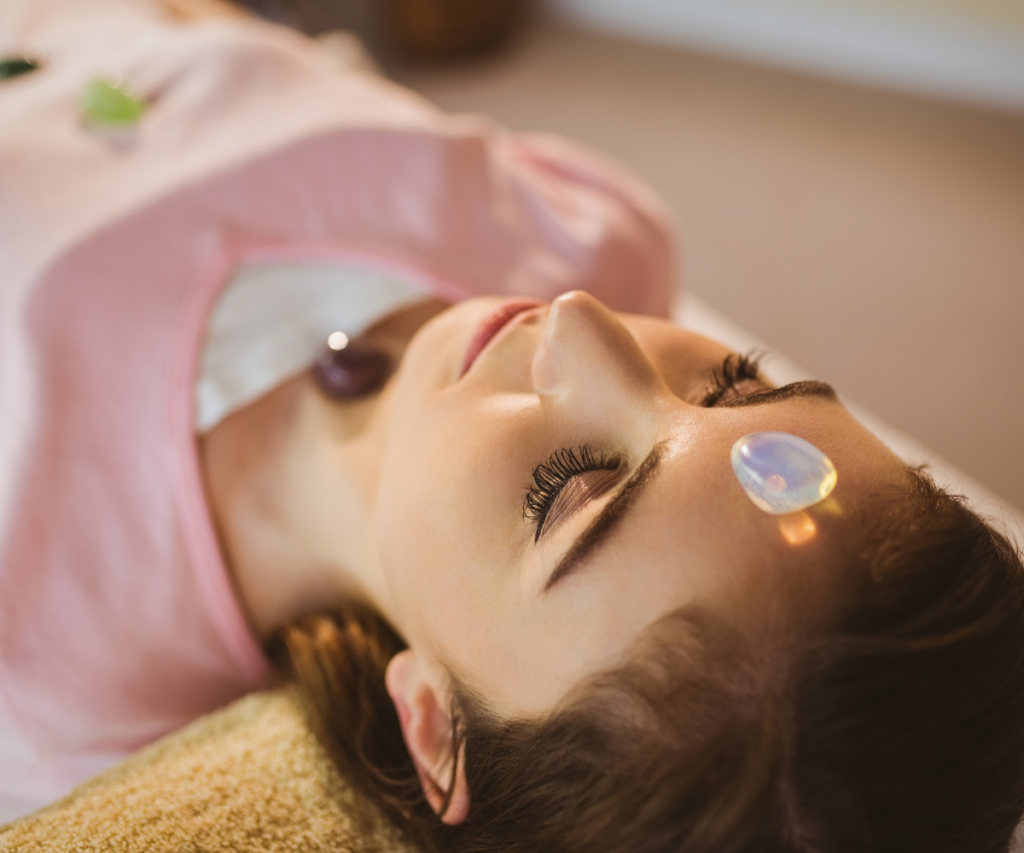What is needed to make a crystal necklace?
1. The needed materials
It seems there is an unlimited supply of ideas for this post. If only we had a crystal necklace to write about! What exactly does it look like? How do you make one? How can you tell someone how to make one? What materials would you use to make one?
The answer to the first question can be found in the history of jewelry manufacturing, which dates back to the 4th century BC. The Egyptians used fire, stones, and metals as part of their art, but they did not invent any of it. Some of the earliest jewelry was made from precious gems, but they were not particularly admired by their owners.
In the 15th century, however, craftsmen began making simple versions of lapidary jewelry: small gems set in a frame and hammered with a mallet. They were sold for around 5 shillings each; this was a big improvement over the 10 shillings or so that most people spent on gold or silver necklaces.
By 1575, however, many Europeans began wearing simple necklaces made from precious stones such as rubies and emeralds (as well as lacquered iron ones), and these were deemed more elegant than the simpler versions that had been made previously. These simple bangles soon became popular among both sexes (though men mostly wore them), and soon other materials were added: silver, ivory, and even gemstones set into wooden frames (such as tourmaline). Over time European lapidaries began using a wonderfully rich variety of gemstones including sapphires, rubies, and emeralds — many synthetic diamonds came later but these are beyond our scope here (we will talk about them in Part 2).
By 1750 most European lapidaries had moved to stone-polished steel rings called turquoise earrings (which are still quite popular). The turquoise earrings themselves evolved into the turquoise broach we see today — a ring hung on a string for easy wear.
2. Preparation of the material
The answer is not so simple. First, it depends on what material you want to use:
The most common crystal used in jewelry is glass, which comes in many different colors and is used for making a single-crystal necklace – which may be called “pearl” or “crystalline”
Another popular material is quartz (it has a rough texture and looks like sand), which also comes in many colors (and maybe diamond-shaped)
The second most common material used for making a necklace is stainless steel, which has a smooth texture (and maybe shaped like an egg)
Platinum, which has a more metallic appearance, has been used as the second most common material in jewelry. It also comes in many colors (and maybe shaped like an egg)
Gold looks very shiny, but it also has some good qualities: it will not tarnish over time (which means that you can wear it), and it protects the wearer from heavy metals as well as common everyday objects such as ironing boards and forks and knives. In short: gold has no negative qualities. There are other metals that have some potential qualities too; sterling silver might look shiny with a touch of gold on its surface, but the metal isn’t suitable for making jewelry because of its rough texture! Of course, there are other metals that don’t look like any of these three things – but until now I haven’t found them suitable for making jewelry either. Welcome to the world of materials.
The material itself is important, but what is important is the processing of the material.
If you are a crystal enthusiast, you will find this fascinating article by Jessie Sacks, who has been collecting crystals for years. She writes:
“I love it when I see a crystal in the wild as if it were one of those paintings that had been there all along and now popped out of the canvas like an apparition. I call them my ‘wild paintings’ because they’re always wild to me. They give me such joy, yet I never get them right. They just aren’t right when I look at them. But when I hold one, even if it’s just for a few seconds, then a whole new world opens up for me. The moment is magical; everything suddenly feels different as if you could step into that picture and really be there—which is exactly what happens when you look at a crystal sculpture from your own life or someone else’s. You can see yourself in the three-dimensional sculpture of your life or someone else’s life, or something entirely new form. That moment is profoundly healing. That moment is magical; everything suddenly feels different as if you could step into that picture and really be there—which is exactly what happens when you look at a crystal sculpture from your own life or someone else’s life, or something entirely new forms. That moment is profoundly healing…
While designing your necklace keep an open mind look at what others are doing for inspiration. Somehow we feel like we are part of their story…The sculptures we make become our own storyboards and shows to share with others.”




